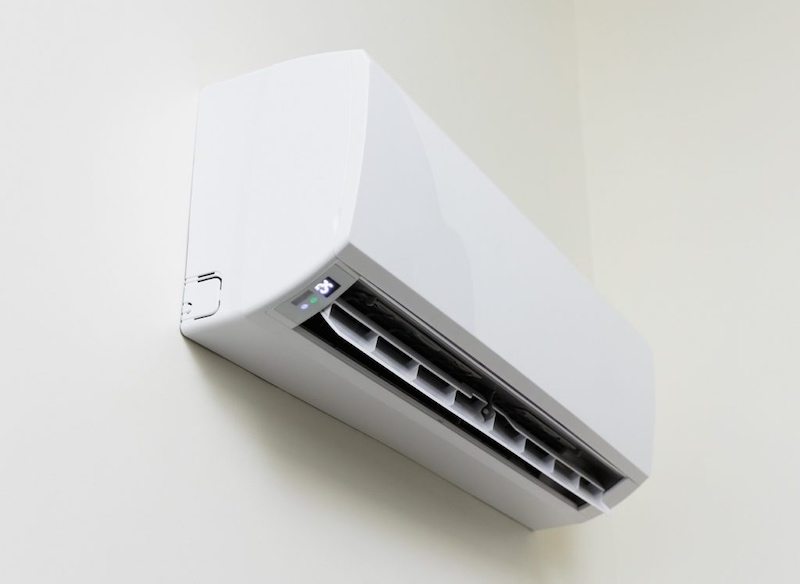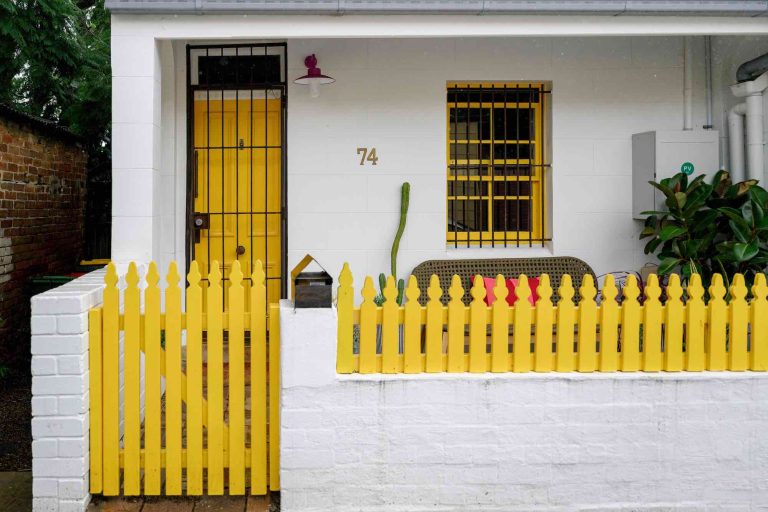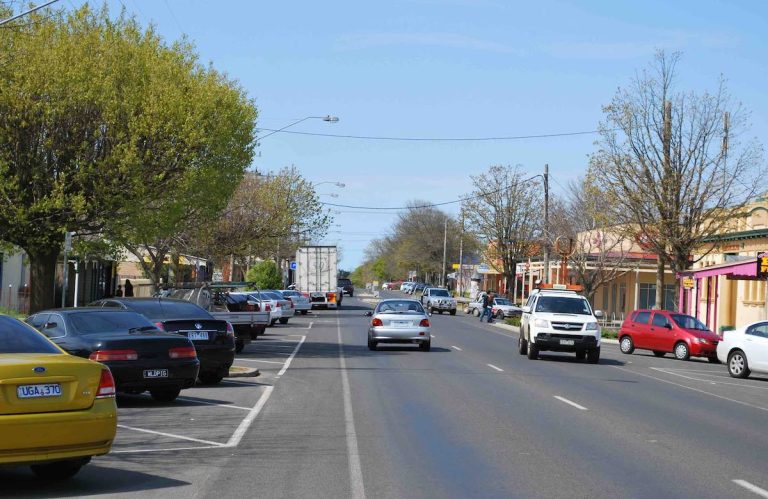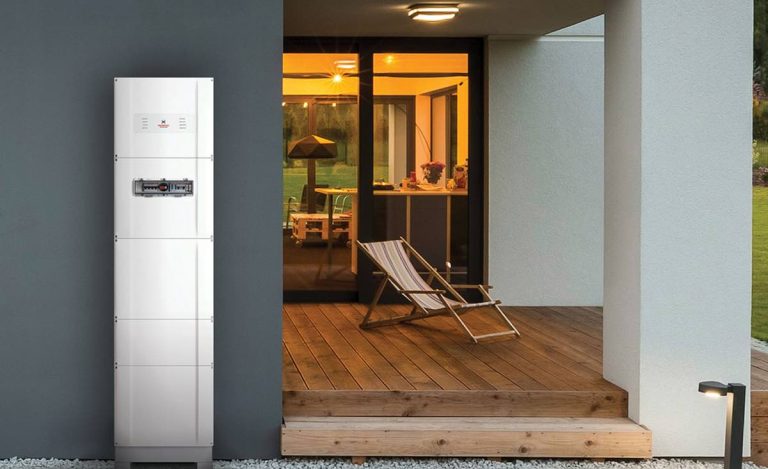$63 million for social housing energy upgrades
A recent collaboration between the federal and Western Australian governments has resulted in a $63.2 million initiative aimed at enhancing energy efficiency in remote and regional social housing properties throughout Western Australia. The project targets properties constructed over 20 years ago, before the implementation of minimum build standards, with the goal of upgrading them from a 1-star energy efficiency rating to a 3-star rating. This upgrade has the potential to reduce energy consumption by 30%, leading to significant savings on household power bills.
The WA Social Housing Energy Performance Initiative, scheduled to continue until 2027, focuses on delivering energy upgrades to social housing residents in areas such as the Kimberley, Pilbara, Gascoyne, Mid West, and Goldfield regions, known for their hotter climates. The Western Australian government will be responsible for identifying eligible social housing properties and overseeing the installation of upgrades, which may include improvements to hot water systems and lighting.
Government Support and Benefits
Jenny McAllister, the federal assistant minister for climate change and energy, emphasised the government’s commitment to assisting all Australians in reducing power bills and emissions, regardless of their location or income level. By implementing energy upgrades, households can expect to see long-term savings, increased energy efficiency, and improved comfort within their homes. These upgrades, coupled with electrification efforts, are particularly beneficial for tenants, offering significant savings on energy bills and ensuring comfortable living conditions throughout the year.
The federal investment in this initiative is part of the broader $1.7 billion Energy Savings Package, with a specific allocation of $300 million dedicated to upgrading approximately 60,000 social housing properties nationwide. John Carey, the WA minister for housing, highlighted the advantages of enhancing energy efficiency in social housing, noting that it not only prolongs the lifespan of dwellings but also enhances the overall quality of living for tenants. By supporting vulnerable community members, the program aims to help households save money and reduce energy consumption.





31.jpg)
33-768x529.jpg)